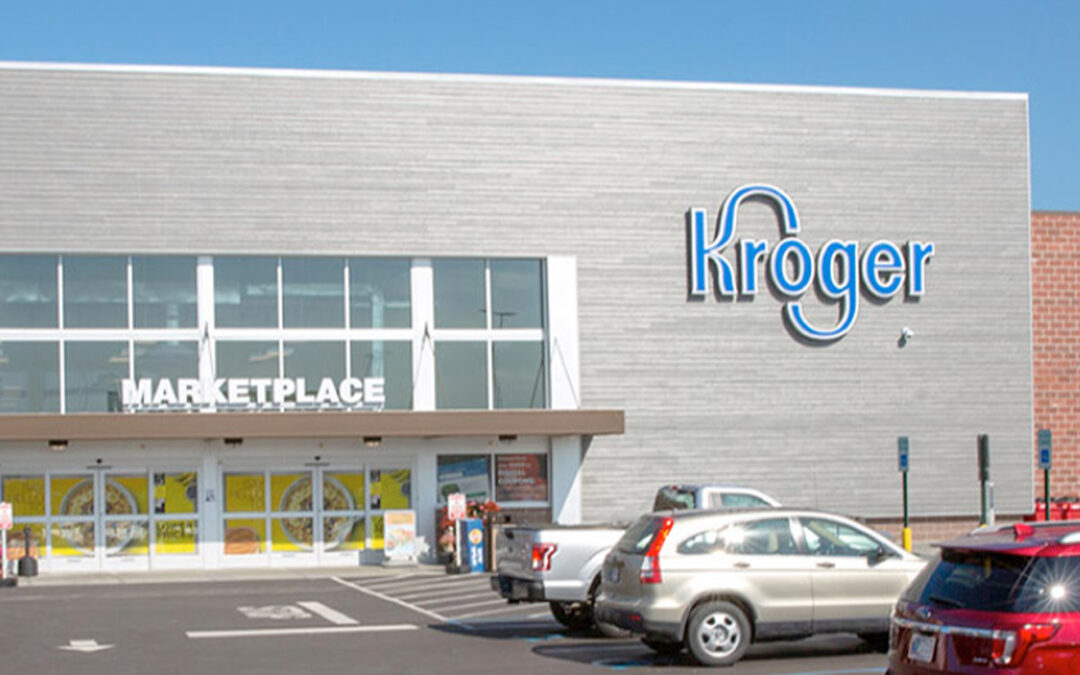Retail data released by the United States Census Bureau is in line with the assessment recently released by CNBC and the National Retail Federation indicating that while sector sales cooled in January versus December, households outspent year-earlier totals.
The Census Bureau maintained that overall retail sales in January slipped by 0.8% from December but gained 0.6% year over year compared with December increases of 0.4% month over month and 5.3% year over year, according to the National Retail Federation (NRF). January core retail sales as defined by NRF, based on the Census Data data but excluding automobile dealers, gasoline stations and restaurants, decreased 0.8% from December but increased 2.8% year over year. Core retail sales advanced 3.2% unadjusted year over year on a three-month moving average as of January.
The Census Bureau figures approximately align with the CNBC/NRF Retail Monitor report that January retail sales were down just 0.04% seasonally adjusted from October but up 3.24% unadjusted year over year. December retail sales gained 0.19% month over month and 2.4% year over year, according to Retail Monitor.
“Retail sales softened in January compared with the holiday season, but consumers were still engaged,” NRF chief economist Jack Kleinhenz said. “Extreme weather likely disrupted product demand and consumption patterns. January prices for goods came down, which affects sales figures even if the same number of items are sold, and increased prices for services pulled dollars away from retail purchases. Nonetheless, January’s numbers point to the U.S. economy and labor market continuing to chug along.”
Retail Monitor uses anonymized credit and debit card purchase data compiled by Affinity Solutions to make determinations about retail sales rather than the survey method used by the Census Bureau and, so, does not need to be revised monthly or annually, NRF noted.





